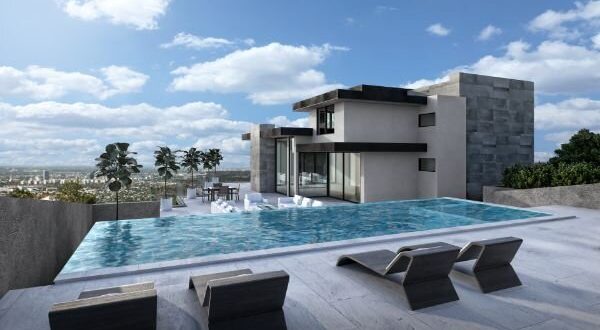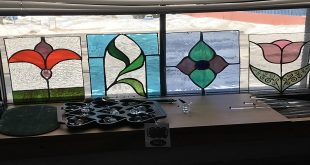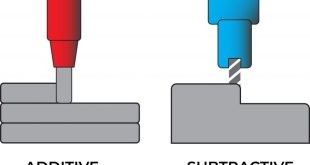In the world of architectural design, the ability to communicate ideas effectively is crucial. This is where 3D visualization comes in – a powerful tool that allows architects to bring their designs to life in a way that is both impressive and realistic. Through the use of 3D renderings, architects are able to showcase their designs in a way that can be easily understood by clients and stakeholders. In this article, we will explore the power of 3D visualization in architectural design and how it is transforming the industry.
What is 3D Visualization?
3D visualization involves generating a virtual representation of a physical entity or environment using computer software. In architectural design, 3D visualization is used to create virtual representations of buildings and spaces, allowing architects to visualize and explore their designs before they are built. These virtual representations are created through the use of 3D modeling software, which allows architects to add textures, lighting, and other details to the digital model.
The Benefits of 3D Visualization in Architectural Design
The benefits of 3d visualization in architectural design are numerous. First and foremost, it allows architects to communicate their designs in a way that is easily understandable by clients and stakeholders. By providing 3D renderings of their designs, architects can show clients exactly what their building or space will look like once it is completed. This can help to avoid misunderstandings or miscommunications that can arise when clients are trying to visualize a design based solely on 2D drawings or blueprints.
Another benefit of 3D visualization is that it allows architects to explore their designs in greater detail. By creating a virtual model of a building or space, architects can view it from any angle and make changes to the design in real-time. This can help architects to identify and address any issues with the design before construction begins, saving time and money in the long run.
3D Visualization and the Design Process
3D visualization has become an integral part of the architectural design process. From the initial concept to the final stages of construction, 3D renderings are used to help architects visualize their designs and communicate them to clients and stakeholders.
In the early stages of the design process, architects use 3D visualization to create a virtual model of the building or space. This allows them to explore different design options and make changes to the design before construction begins. Once the design is finalized, 3D renderings are used to create marketing materials, such as brochures and websites, that showcase the design to potential clients.
During the construction phase, 3D renderings are used to help contractors and subcontractors understand the design and ensure that it is built according to the architect’s specifications. This can help to avoid costly mistakes and delays that can arise when contractors are working from 2D drawings or blueprints.
The Future of 3D Visualization in Architectural Design
As technology continues to evolve, so too does the use of 3D visualization in architectural design. In recent years, advancements in virtual and augmented reality have allowed architects to create immersive experiences for clients and stakeholders. Through the use of VR headsets, clients can now walk through a virtual representation of their building or space, experiencing it as if it were already built. This can help to create a stronger emotional connection between the client and the design, leading to more successful projects and happier clients.
Final Thoughts
A 3D visualization is a powerful tool that is transforming the way architects design and communicate their ideas. Through the use of 3D renderings, architects are able to bring their designs to life in a way that is easily understood by clients and stakeholders. This not only helps to avoid misunderstandings and miscommunications but also allows for greater collaboration between architects, clients, and contractors.
As technology continues to advance, the possibilities for 3D visualization in architectural design are endless. From virtual reality experiences to 3D-printed models, architects have access to a wide range of tools that can help them explore and communicate their designs in new and innovative ways. Ultimately, the power of 3D visualization lies in its ability to bridge the gap between imagination and reality, bringing ideas to life in a way that was once unimaginable.
 Naa Songs
Naa Songs



